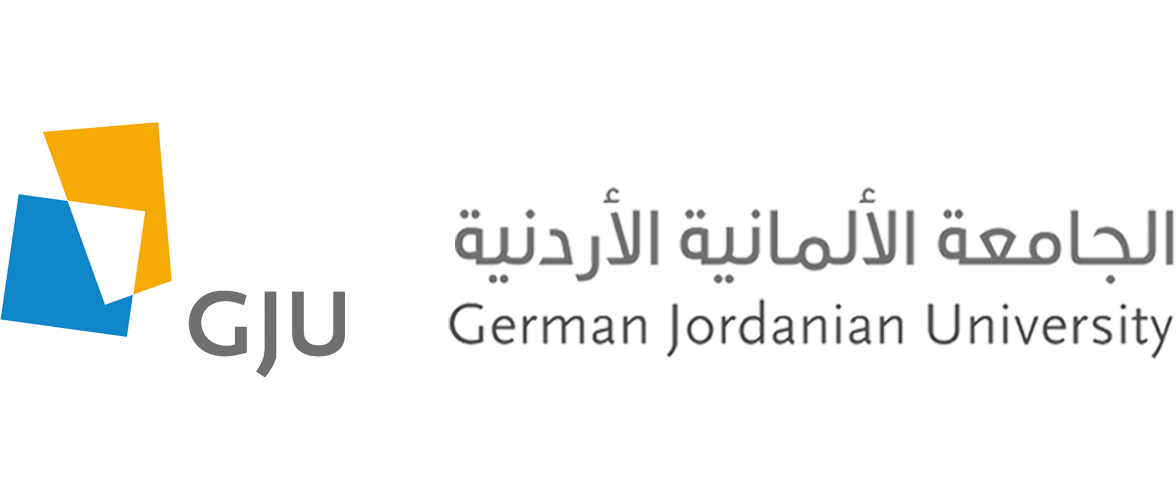The monitoring of infants' respiratory rate can contribute to the identification of several health problems and life threats. However, it is still the least documented and monitored parameter due to the shortage in advanced and user-friendly monitoring sensors/systems. United Nations High Commissioner for Refugees (UNHCR) reported that 60% of neonatal deaths in the Zaatri refugee camp in Jordan were associated with preterm birth and its related complication of respiratory distress syndrome. The first week of life is therefore the most critical period where newborn deaths and dangerous signs such as problems with breathing occur. However, postnatal visits in Zaatri camp only cover mothers while newborns are not being regularly checked following discharge from hospital. Note that an average of 80 births per week was reported at Zaatri camp that is covered by only two hospitals (with 55 beds) and 9 health care centers.
As a result, there is an increasing need for remote, low-cost, reliable, and comfortable respiratory rate sensors that provide physicians with accurate newborns readings and health condition. In addition, wearable flexible sensors have been implemented in different fields such as security, medical and communication.
Therefore, this project, funded by the Royal Academy of Engineering, proposes the development of cheap, accurate, and industry-friendly wearable sensors, which will be integrated with remote monitoring of newborns' respiratory rate. The targeted sensors will be made of flexible and bio-compatible materials with an attachment mechanism that avoids skin infection caused by traditional adhesive electrodes. With wireless connection, physicians can remotely track newborns' readings during the first critical weeks of their lives.
With the complimentary expertise of contributing teams, the targeted sensors and remote monitoring solution can be developed all the way from the basic concept through fabrication and testing/evaluation.
For more information, please visit this link.

